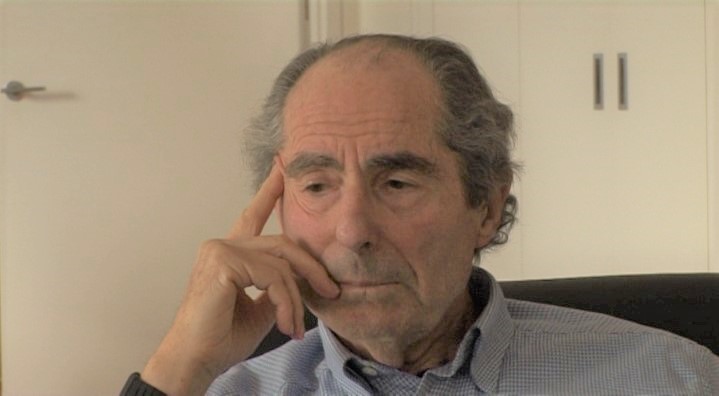NEXT STORY

Finishing the Zuckerman sequence
RELATED STORIES

NEXT STORY

Finishing the Zuckerman sequence
RELATED STORIES


|
Views | Duration | |
|---|---|---|---|
| 31. The Plot Against America | 594 | 05:13 | |
| 32. What would have happened if fascism had come to the USA? | 509 | 00:36 | |
| 33. Shorter books – dreams and nightmares | 457 | 03:33 | |
| 34. Finishing the Zuckerman sequence | 454 | 04:26 | |
| 35. Four short books | 412 | 01:24 | |
| 36. Everyman | 529 | 04:48 | |
| 37. 'Indignation', 'The Humbling' and 'Nemesis' | 367 | 00:57 | |
| 38. The writer's work: recognising the gift from the screw-up | 560 | 00:52 | |
| 39. The Humbling | 347 | 01:56 | |
| 40. The inception of Nemesis | 365 | 03:54 |


Now, the shorter books — two of them were continuations of a sequence — The Dying Animal was a continuation of those Kepesh books, The Professor of Desire, The Breast, then came The Dying Animal, which was an entirely different book. And I thought of these three books as three different dreams or nightmares of an erotic nature that a man has: he goes to sleep, and he dreams he's a breast, and then his girlfriend is in it and his family is in it. And then he… the dream is over and later in the night, he dreams that he... his girlfriend and his family are in this dream again, but now they're all as they are, which is The Professor of Desire. And the erotic side of the book is... is much more poignant than it came to be in the first one.
And then I wrote The Dying Animal, because somebody told me a story about himself and a woman, and the story was sad; a Dutch... a Dutch friend of mine that… he'd had an affair with a young woman – he was about 50 years older than she was – had an affair with a young woman, and he had a... an aesthete's passion for her breasts; and he couldn't stop telling me about how perfect they were and how unlike any breasts he'd ever seen they were. And then a year or... after, so a year or two later after they'd broken up, she called him one night and asked if she could come and see him; and she came to see him she said: 'I have breast cancer'.
I don't know what happened after… whether she… she was alive when I spoke to him; this was many years ago, he told me this story. Well, how can I resist that story? That's just the skeleton, but it's a... it's a strong skeleton, and maybe some other writer could resist that – I couldn't. But I thought, well, let this happen to... let this happen to Kepesh, the guy who'd been the breast, the guy who'd been The Professor of Desire, let this happen to him. So it's the third dream. And you wake up in the morning, and you say, jeez, I dreamed, I had some funny dreams last night, and that's the end of it.
But my job was to do something with those dreams. And so I told the story of The Dying Animal. I had to make, recreate him, I had to, of course, create a woman for him, and... and a scheme to tell the story. But, so what you start with is... is — Henry James's word for it was a germ, and that's the right word — you start with a germ. But it germinates, and you help it germinate, you make it germinate.
The fame of the American writer Philip Roth (1933-2018) rested on the frank explorations of Jewish-American life he portrayed in his novels. There is a strong autobiographical element in much of what he wrote, alongside social commentary and political satire. Despite often polarising critics with his frequently explicit accounts of his male protagonists' sexual doings, Roth received a great many prestigious literary awards which include a Pulitzer Prize for fiction in 1997, and the 4th Man Booker International Prize in 2011.
Title: Shorter books – dreams and nightmares
Listeners: Christopher Sykes
Christopher Sykes is an independent documentary producer who has made a number of films about science and scientists for BBC TV, Channel Four, and PBS.
Tags: Kepesh, The Dying Animal, The Professor of Desire, The Breast, Henry James
Duration: 3 minutes, 33 seconds
Date story recorded: March 2011
Date story went live: 18 March 2013